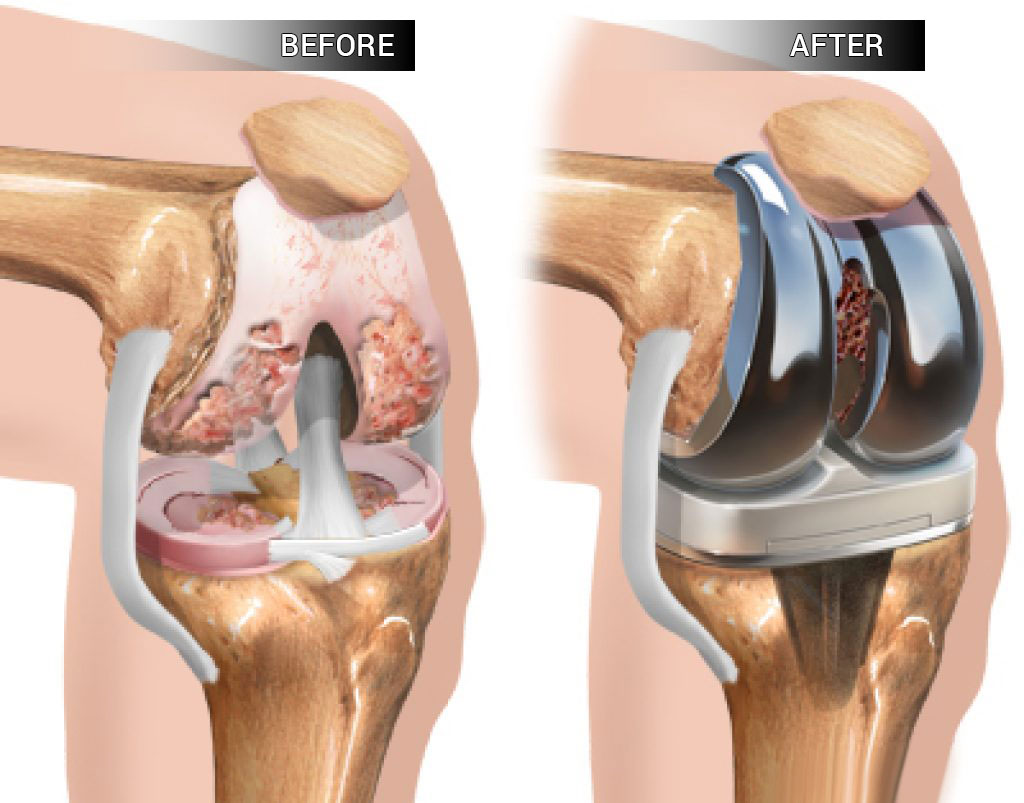If you feel any of the above listed you should contact your surgeons office
Some tips to avoid blood clots:
- Keep your legs elevated when sitting or lying down
- Pump your ankles 10x every hour
- If you are allowed to weight bear and allowed to walk: take several short walks throughout the day
The first two weeks after surgery
We want to re-establish your mobility. Your physiotherapist will go over what movements you can safely do and which ones to avoid. Depending on the rehab protocol you have been given the therapist will manually move your new joint and will show you some exercises you can do on your own
The first 3 months after surgery
We work on improving your mobility as well as your strength. During this time we are trying to re-establish your ability to do your normal daily activities
3-6 months after surgery
This is when people are feeling pretty good but not yet 100%. During this time we encourage you to continue trying to improve your mobility but it is vital for you to continue strengthening. We will also make sure that the surrounding joints are working properly as well
6-9 months after surgery
At this point most people feel very close to 100% but occasionally will remember that they had surgery. Mobility, strength and higher level activities are integrated into your therapy
1 year after surgery
Most people feel they are able to do their daily activities without pain and/or restriction. At this point most people can return to their normal lives and stop doing therapy. In some cases we do recommend to keep up with strength exercises to prevent any regression.



